One of my favorite tasks in this year’s Read Harder Challenge is #17: Read a book about little-known history. When I was in school, I was not a fan of history class. I felt like I was learning the same dry, depressing facts over and over. It wasn’t until I was an adult that I discovered that history isn’t just a list of names, dates, and places. It’s a collection of fascinating stories, each of which ripples out to affect generations.
There is so much fascinating history to learn about that likely wasn’t covered in your high school classes. First off, a lot of history has been erased or whitewashed. Depending on your education, you might have never heard of the Greenwood District in Tulsa or American Indian Boarding Schools, or maybe they were only mentioned in passing.
Then there’s the category of microhistories. You can learn about the history of dentistry, shopping malls, or the toilet. If you haven’t picked one up before, you might be surprised at how fascinating a history of pencils or lighthouses can be!
You can also use historical fiction for this task: just make sure it’s about a person or event from history that isn’t widely known. (Really, anything outside of the world wars is probably fair game.) Rachel Brittain has a round up of Historical Fiction About Little Known History to get you started, including one set during the sinking of the Wilhelm Gustloff and one that takes place in the Kingdom of the Happy Land, which was established by emancipated African Americans in the Appalachian mountains.
Black Wall Street: From Riot to Renaissance in Tulsa’s Historic Greenwood District by Hannibal B. Johnson
In a time when legal segregation meant that Black people were only allowed to conduct business among themselves, the Greenwood District in Tulsa, Oklahoma, grew into an affluent community of black millionaires and professionals whose standard of living far exceeded the whites in the area. That is, until the alleged assault of a white woman by a Black man led to the worst race riot in history, in which the white members of the city destroyed people and property, accruing millions of dollars worth of damage. Not to be defeated, the Black residents rebuilt the district, and within 20 years, 242 businesses were back up and running. —Enobong Essien
Meet Me by the Fountain: An Inside History of the Mall by Alexandra Lange
Is there a better place than the mall? They inspired works by George Romero and Joan Didion, as well as many a teenage nightmare. Today they stand as a dystopian relic of in-person consumerism. Alexandra Lange explores the invention and legacy of the modern shopping mall, from architecture to community, in Meet Me by the Fountain. —Ashley Holstrom
Stealing Little Moon: The Legacy of the American Indian Boarding Schools by Dan SaSuWeh Jones
This detailed and gut-wrenching middle grade nonfiction book combines the author’s family history with nonfiction investigation. The author’s grandmother, Little Moon There Are No Stars Tonight, was forcibly taken from her family home by federal authorities when she was just four years old, and taken to a residential school to rid her of her Ponco culture and heritage. Jones traces her story from the time she was stolen to when the residential school was shut down during his lifetime. —Margaret Kingsbury
African Europeans: An Untold History by Olivette Otélé
This nonfiction book about the little known—and often erased—history of Africans in Europe taught me so much European history I didn’t know. It’s also the perfect rebuttal to anyone who’s ever protested that people of color in European period films are anachronistic. —Rachel Brittain
The Golden Thread by Ravi Somaiya
Somaiya’s book is a fun mix of true crime, investigative journalism, and history. This is the story of the death of renowned diplomat and UN Secretary General Dag Hammarskjöld. Hammarskjöld boarded a plane in Leopoldville, the capital of the Congo, and hours later, his dead body was found in an African jungle with an Ace of Spades tucked in his collar. Somaiya’s investigation of this crime includes entirely new evidence, firsthand accounts, and interviews. —Emily Martin
The Ghost Map by Steven Johnson
Looking for the story of a cholera outbreak in Victorian London told with the relentless investigative feel of a police procedural? This is it! In 1854, a cholera outbreak devastates London. Not only is there no cure, no one is totally sure how it spreads. Physicians and members of the medical establishment point to the miasma theory, the idea that diseases are spread by bad air from the stinking River Thames, but Dr. John Snow has another theory. He sets out to prove how cholera is spread by tracing the path of the outbreak through a London neighborhood. —Kathleen Keenan
Wayward Lives, Beautiful Experiments by Saidiya Hartman
If you’re looking for historical nonfiction that focuses more on the lives of Black women, read this book. In Wayward Lives, Beautiful Experiments, author Saidiya Hartman writes about young Black women and the revolution of their intimate lives that happened in Philadelphia and New York at the beginning of the 20th century. This was a time period where free love, common-law and transient marriages, serial partners, cohabitation outside of wedlock, queer relations, and single motherhood became more commonly accepted. Hartman’s book considers the way these revolutionary changes affected the Black community and Black families. —Emily Martin
Join All Access to read this article
Get access to exclusive content and features with an All Access subscription on Book Riot.
- Unlimited access to exclusive bonus content
- Community features like commenting and poll participation
- Our gratitude for supporting the work of an independent media company
Looking for more? Check out these 50 Must-Read Microhistory Books.



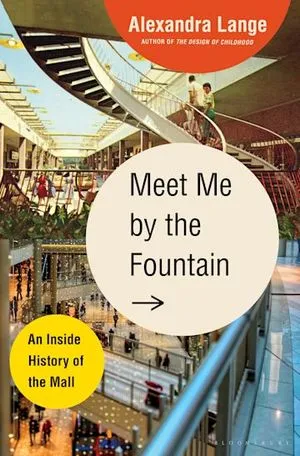
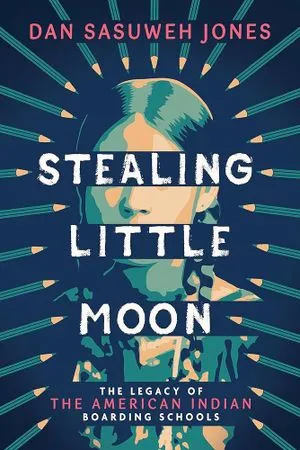

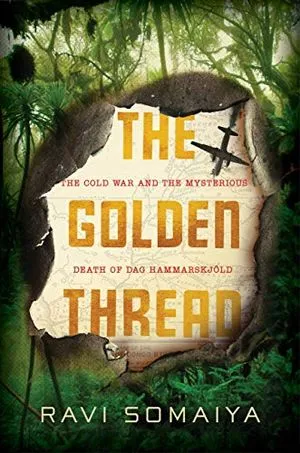

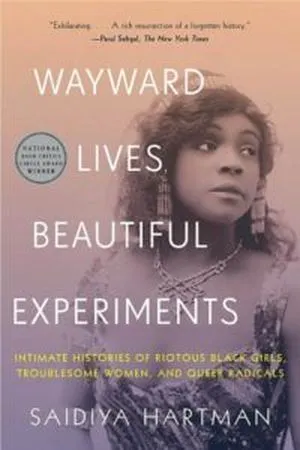

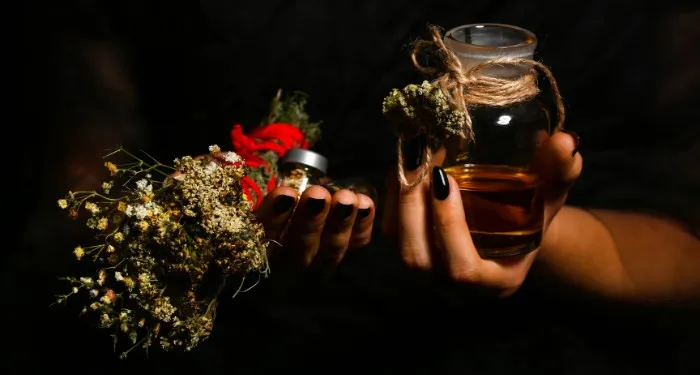

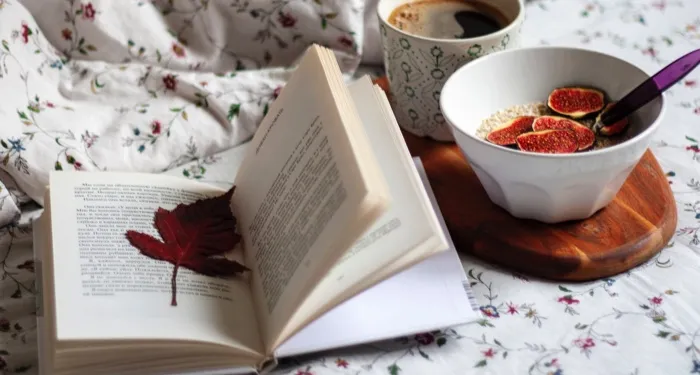



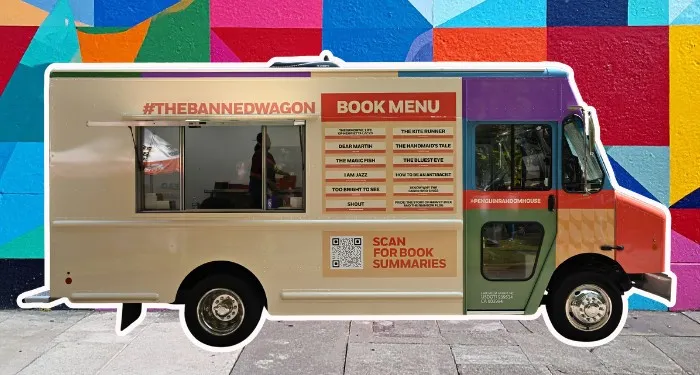










 English (US) ·
English (US) ·